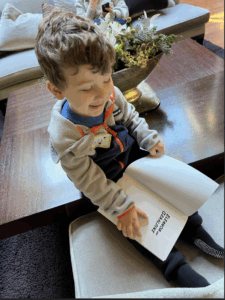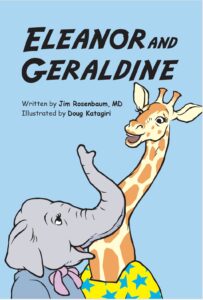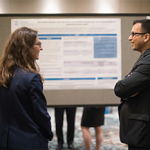In the Netflix series Man on the Inside, Ted Danson portrays a lonely, 75-year-old widower and retired professor living near San Francisco. When a private investigator offers him the opportunity to go undercover to investigate the disappearance of a necklace at an assisted living community, Danson’s character leaps at the chance. How often in one’s eighth decade is there a fortuity that provides new challenges and new productivity?
Although I doubt that a rheumatologist has made the transition from providing medical care to investigating suspected crime, many rheumatologists have retired or are contemplating retirement and wondering how to remain vital. For some, the solution is family, especially grandchildren. For others, hobbies or travel become a greater priority. For still others, just remaining healthy can become a full-time occupation.
A New Challenge
In my case, my wife and I have only one grandchild. He’s a delight at age 2, but not quite a full-time diversion. I spent 40 years as an academic physician and a couple years as a biotech vice president, and science as it relates to rheumatology was my hobby. But when I retired at age 75, I dusted off a project that had languished for a decade: I published a children’s book called Eleanor and Geraldine, based on a bedtime story that I conceived for our two daughters about 40 years ago.
I was fortunate that a high school buddy, Doug Katagiri, is a talented artist who was willing to depict Eleanor the Elephant and Gerry the Giraffe with whimsy and color. Frankly, the artwork is better than the story itself.
I have written many scientific and clinical papers. I have submitted more grant applications than I can count. I am used to rejection, but finding either a publisher or an agent proved more difficult than succeeding with manuscript or grant acceptance. So we ended up self-publishing using a platform called Kindle Direct Publishing, affiliated with Amazon.
Eleanor and Geraldine is a children’s book about friendship, taunting, individuality and unintended consequences. Although I intended it for children aged 3–9, the book is available through Amazon, which rated it first in new releases on teen and family issues.
Unfortunately (or fortunately if you are in need of diversions in life), writing a book does not stop with its publication. Marketing the book has become a full-time job. I learned from the internet that the average self-published book sells 100 copies. In just two weeks after its release, we had more than doubled that number. But promoting one’s own work takes effort. As is true when writing medical papers, the process requires resiliency after rejection.




